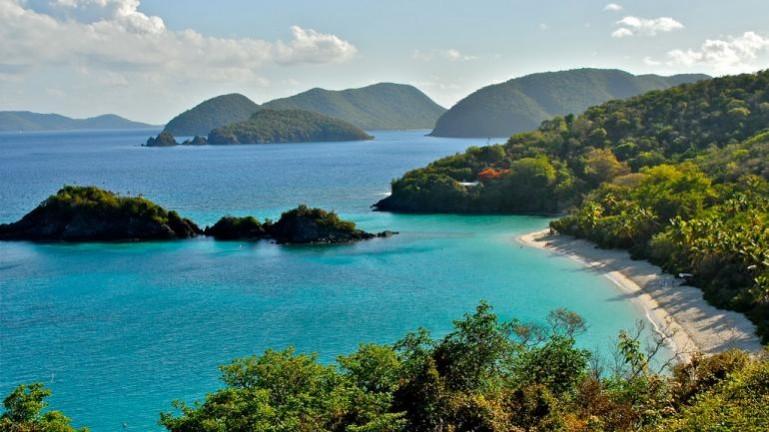An American tourist named John Allen Chau was killed by a tribe on a remote island in the Andaman Islands earlier this week. The 27-year-old was out on exploration to the cut-off island when he succumbed to injuries caused by arrows of the Sentinelese tribe.
The Andaman Islands are home to numerous tribes which activists claim are threatened by contact from outsiders. The incident took place in the North Sentinel Island, which is a home to Sentinelese people (also known as Sentineli).
Just like other tribes in the region, Sentinelese people also resist contact with the outside world. Even the Indian Navy has not been allowed on these islands in order to protect the exclusivity of the people which are only 150 in numbers. Who are these Sentinelese people? Let's find out.
55,000-year-old inhabitants?
The Sentinelese are the indigenous people based out of North Sentinel Island in the Andaman Islands which is a Union Territory. They hunt and gather in the forest and fish in the coastal waters. If the reports are to be believed, the Sentinelese people have been inhabiting these islands for the past 55,000 years. Similar to the other tribal communities in the region, they fiercely resist contact with the outside world.
Their population
The exact figures are not available because of the lack of research and findings on this subject. According to an estimate in 2013, there are around 100 uncontacted tribes across the globe, mostly residing in the densely forested areas of South America, Central Africa, and New Guinea, while Sentinels in the Andaman Islands are the most secluded tribe in the world.

Why are they protected?
These indigenous people stay in an untouched territory of the planet and the areas, especially islands, face issues like waste generation and disposal, sprouting economies and problems of drug addiction. Tourism and increased interaction have led to the degradation of the local ecology of these places which eventually has resulted in inequalities and marginalization and a host of health issues ranging from leptospirosis to hepatitis.
The Indian government has recognized these vulnerabilities and protected these tribes from any externalities. Activists have argued that the geographical isolation allowed the tribe to survive but extinction looms large due to inability to find their actual numbers.

















